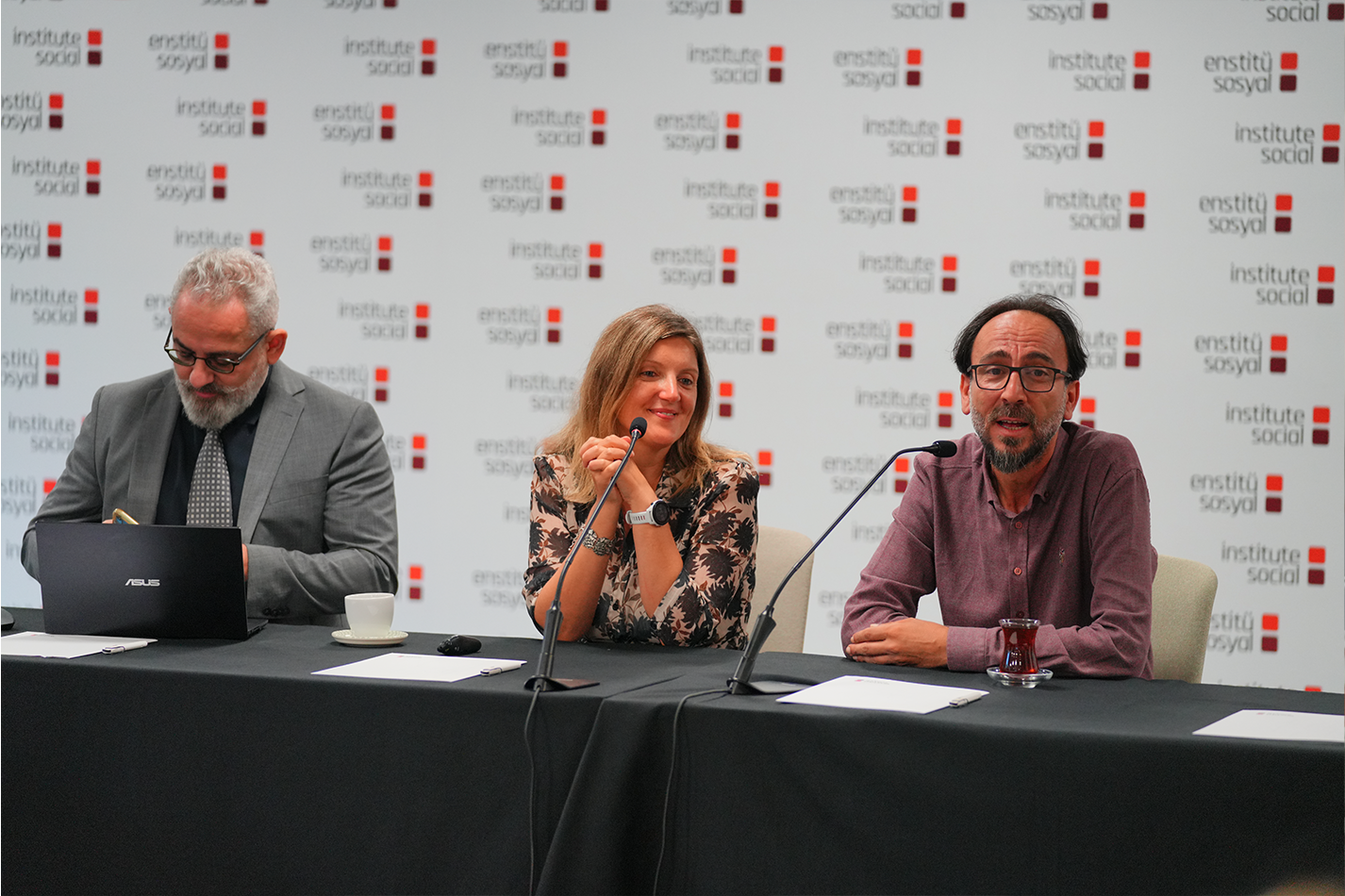
Dr. Patrizia Anesa, Associate Professor at the University of Bergamo and a linguist and an expert in translation and professional communication, was the featured speaker in the latest session of Institute Social’s “Global Reflections” series. The conversation focused on the pedagogical potential of Extended Reality (XR) technologies, which have gained momentum in educational settings, especially in the post-pandemic period. The discussion explored XR’s scope, advantages, classroom applications, and the challenges faced in practice.

Anesa explained that XR is an umbrella term encompassing virtual reality (VR), augmented reality (AR), and mixed reality (MR). VR immerses the user in a fully digital, multi-dimensional environment, AR overlays digital content on the real world, and MR blends the two, enabling real and virtual elements to interact simultaneously.
According to Anesa, one of XR’s greatest contributions to education is making the learning process more engaging, participatory, and memorable. By creating a sense of presence, XR goes beyond visual and auditory stimuli to actively involve the body in learning. Drawing on research findings, Anesa noted that physical movement and embodied participation help transfer knowledge into long-term memory more effectively. She illustrated this point with an example: “Platforms like VRChat move students from abstract theories into concrete contexts. Through aesthetically designed avatars, learners step directly into scenarios, engaging multiple senses—sight, sound, and movement—in the process. This bridge between classroom learning and lived experience strengthens retention.”
Anesa also highlighted the wide range of XR applications in education, from virtual field trips and interactive simulations to contextualized environments for language learning, medical and technical training, and collaborative virtual projects. Yet, she cautioned that structural and pedagogical barriers remain. “Cost is a major issue,” she observed, pointing out that hardware such as VR headsets is still out of reach for many institutions. Digital inequality and lack of infrastructure further threaten equal access. Extended use can also bring challenges like fatigue, dizziness, and distraction, making adoption harder for both teachers and students. She added that insufficient teacher training and curricula not yet adapted to these tools remain significant hurdles.
In closing, Anesa turned to the future of XR in education. She emphasized that XR hardware and software are expected to become more accessible and that integration with AI-driven personalized learning systems could offer students highly individualized experiences. However, she underscored the need for a strong pedagogical framework: “Simply immersing learners in visually impressive environments doesn’t guarantee meaningful learning. What really matters is the context, purpose, and method of using the technology.” Ultimately, Anesa argued, XR should be seen not just as a technology but as a new approach to education. For this shift to be meaningful, pedagogical goals must be clearly defined, aligned with the technology, and supported through the conscious involvement of all stakeholders. The future of XR in education, she concluded, depends on how successfully this balance can be achieved.
